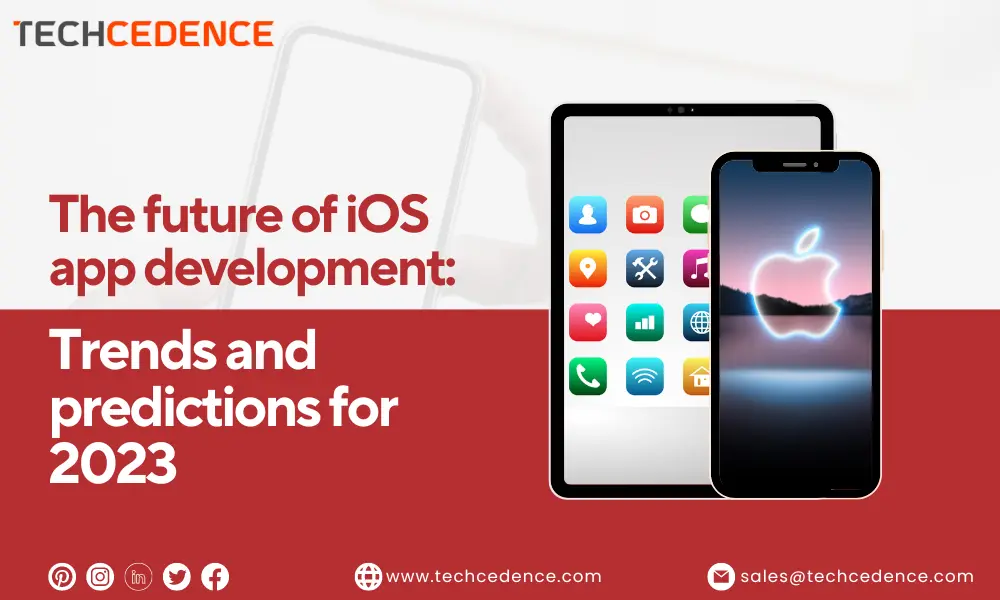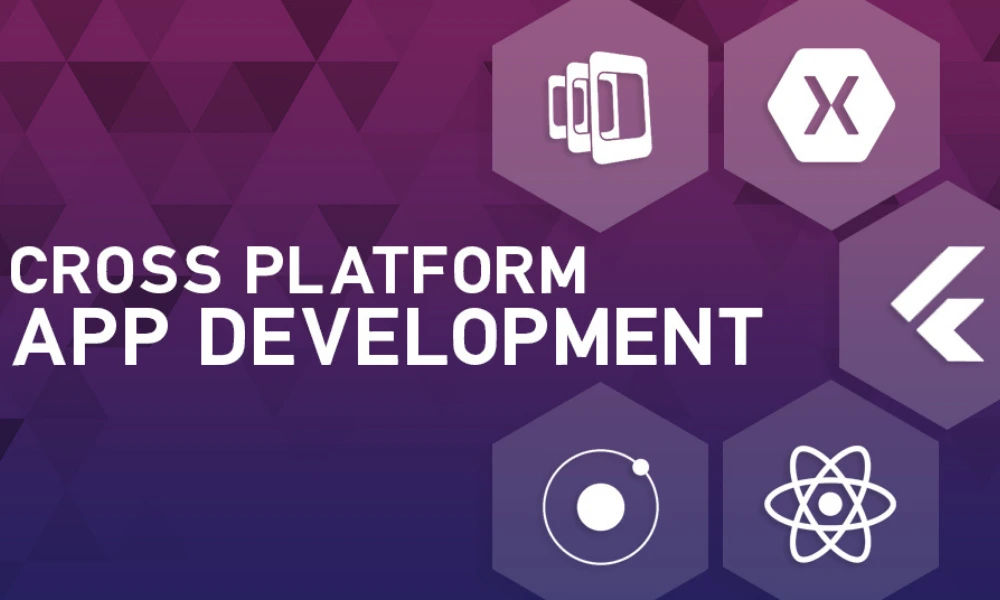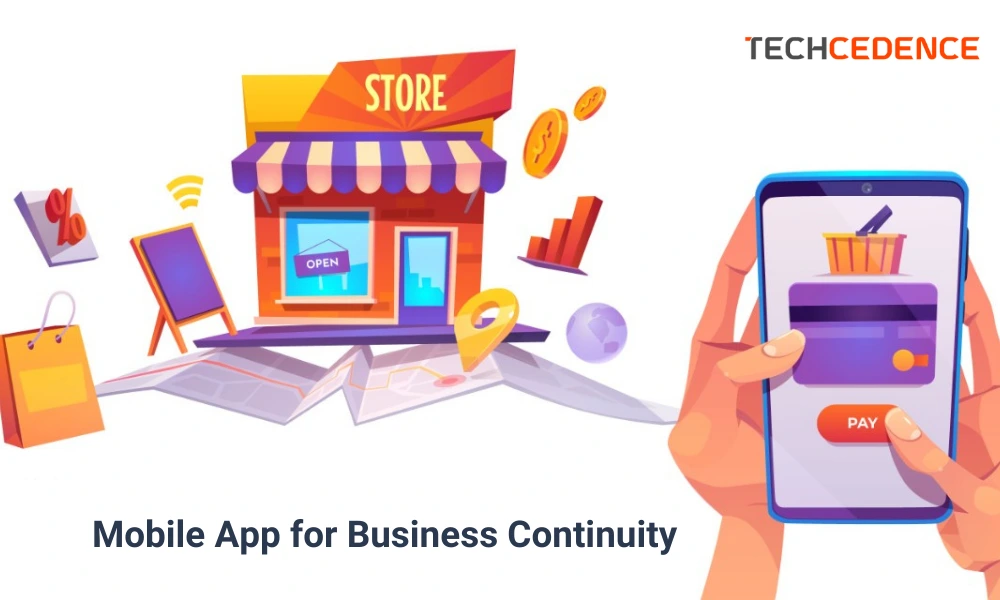Significant changes in the financial services industry have taken place and an internet connection is all one needs to perform any time-consuming financial transaction via a mobile app. Today’s online money transfer apps offer customers maximum speed and convenience and give them access to whatever information they like, receive and perform basic operations.
But the challenge here is achieving the main goals of any payment system- creating a robust, efficient, and legally compliant platform that is user friendly.
But, what is the blueprint to build a secure and user-friendly money transfer app? Here we bring to you this simple guide to help you do better with your money transfer app.
1. Strategize around the business model
You need to study your target audience, find their unique needs, and determine the context in which they will use your application. This will help you to refine your selling proposition and pinpoint the right product-market match.
2. Design the App’s Architecture
Design the app’s user experience and define its architecture. Pay attention to the P2P App’S architecture and how it really works.
3. Create the App’s UX/UI
It is important to create an interactive graphical shell for your app so that everyone can see it and understand its functionality.
4. Money Transfer Portal Development
In the process of integrating all the core features, work on the implementation of a so-called money transfer portal.
- Develop e-wallets to make it possible to send and receive funds through multiple channels in many countries
- Make contactless bill payments
- International money transfers
- Currency exchange
During this process, you must also implement the ability to set limits on sending / withdrawing funds, the number of transactions per day and so on so that your future customers can do everything related to controlling their funds and financial transactions.
5. User Management Modules
Your app system should have different interfaces to perform different roles for a cashier, admin or auditor along with creating balance histories and monitoring the account activities.
Running marketing activities and setting up promo codes can be added as well as sending emails and messages to engage with the customers.
6. Ensuring Security
As with any banking app, your money transfer app requires the highest security to establish the safety of your customers. Take advantage of identity verification. It is also highly recommended to include counter-terrorism financing compliance in your application.
If you are just starting the development of your app consider compliance with basic but necessary security options, such as:
- Data encryption
- Backups and recovery
- Limited access to certain parts of your system
- Session time limits
Then what?
When creating a money transfer app, most of them don’t think about it much after releasing a product. But the development of successful products never stops. Behind the scenes, developers, testers, and designers should keep creating new versions.
So, set your business up for online success. Our team at Techcedence is always ready to bring your best money transfer app ideas to life in no time! Reach out to us now!



















